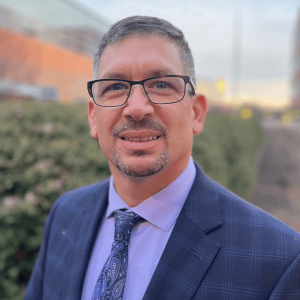The rise of open source has transformed application development, but it has also introduced an uncomfortable truth: a staggering 86% of codebases contain vulnerabilities tied to open-source components, many of which are no longer supported by their original maintainers. While developers race to modernize, enterprises are quietly held hostage by their past. Aging frameworks, such as AngularJS, Apache Struts, and legacy versions of Spring, still power mission-critical systems. These previously overlooked dependencies are becoming increasingly active liabilities.
In this episode of AppDevANGLE, I sat down with Stephen Fluin, Vice President of Product at HeroDevs, to explore the underbelly of the open source ecosystem: what happens when the software you rely on reaches its end of life (EOL)? From HeroDevs’ mission to the broader implications of software lifecycle hygiene, one thing became clear: the open source conversation is incomplete without addressing its aging infrastructure.
Open Source’s Unseen Threat Surface
Modern enterprises don’t just consume open source; they depend on it. But as Fluin points out, “The software that runs the world is affected by vulnerabilities”, and not just the ones we know about. A growing portion of open source risk stems from end-of-life software that no longer receives CVE reports, patches, or updates. Even the best scanning tools often fail to detect these issues because upstream projects stop reporting vulnerabilities in unsupported versions.
HeroDevs was built around a simple idea: legacy code doesn’t have to be a liability. The company provides commercial support and drop-in replacements for EOL software, giving enterprises a path forward that doesn’t involve immediate, high-risk migrations. In doing so, HeroDevs helps businesses extend the secure lifespan of their software, maintain compliance, and defer major refactor costs without compromising security.
This is particularly relevant for industries bound by regulation and uptime guarantees. “We’re seeing companies get stuck,” Fluin said. “They want to migrate, but it’s years and millions of dollars away. Meanwhile, they’re red-flagged every day by scanners identifying unpatchable vulnerabilities.”
Rebalancing the Modernization Equation
The push for digital transformation often prioritizes innovation over sustainability. Developers focus on building what’s next, while old systems quietly accrue technical debt. This lopsided model creates blind spots especially when EOL components continue to operate quietly at the core of financial systems, airlines, and healthcare infrastructure.
HeroDevs is pushing the industry to think differently. Fluin advocates for a more holistic approach to modernization, one that includes investments in lifecycle visibility, long-term support, and standardization. He pointed to an emerging effort within the open source community to create a shared metadata framework for tracking software deprecation, EOL dates, and support status.
Imagine a world where all open source components shared lifecycle data in a standardized format, one that tooling could automatically detect and act on. It’s not a moonshot. HeroDevs is actively working with foundations like OpenJS and the Drupal Association to bring these standards to life.
Turning Compliance Into Collaboration
Nowadays, awareness is not enough. Enterprises need actionable options for compliance and governance, even when the code they rely on is no longer actively maintained.
HeroDevs acts as a buffer layer between risk and remediation, allowing organizations to focus on value creation rather than firefighting. “We give companies time,” Fluin explained. “Time to upskill. Time to modernize. Time to move at their own pace without leaving themselves exposed.”
This philosophy mirrors a growing shift in the industry: remediation is as critical as prevention. Rather than assuming full control over every open source dependency, enterprises are better served by partnering with organizations that can extend the support surface of their aging stack.
And while HeroDevs’ value proposition resonates across large enterprises, the model is just as relevant for smaller teams without the internal bandwidth to replatform overnight. In both cases, EOL support becomes a strategic enabler, not a sunk cost.
Analyst Take
End-of-life open source software isn’t just a maintenance problem, it’s a systemic risk hiding in plain sight. As application stacks become more complex and modernization timelines stretch longer, the industry can no longer afford to treat security and sustainability as mutually exclusive.
HeroDevs doesn’t promise to fix open source. Instead, it offers a practical path to operational resilience, beginning with the often-overlooked components of the stack. Their model gives developers breathing room, IT leaders a clearer risk profile, and security teams a way to respond without sounding the alarm on every legacy CVE.
But the long-term impact may be even greater. By promoting lifecycle transparency and partnering with foundations to standardize EOL metadata, HeroDevs is helping reshape how we govern open source dependencies. If successful, their approach could reduce industry-wide blind spots, improve the hygiene of the software supply chain, and enable a more sustainable foundation for innovation.
As we look ahead to Open Source Summit 2026, the goal should be simple: don’t just build what’s next, secure what’s still running.



